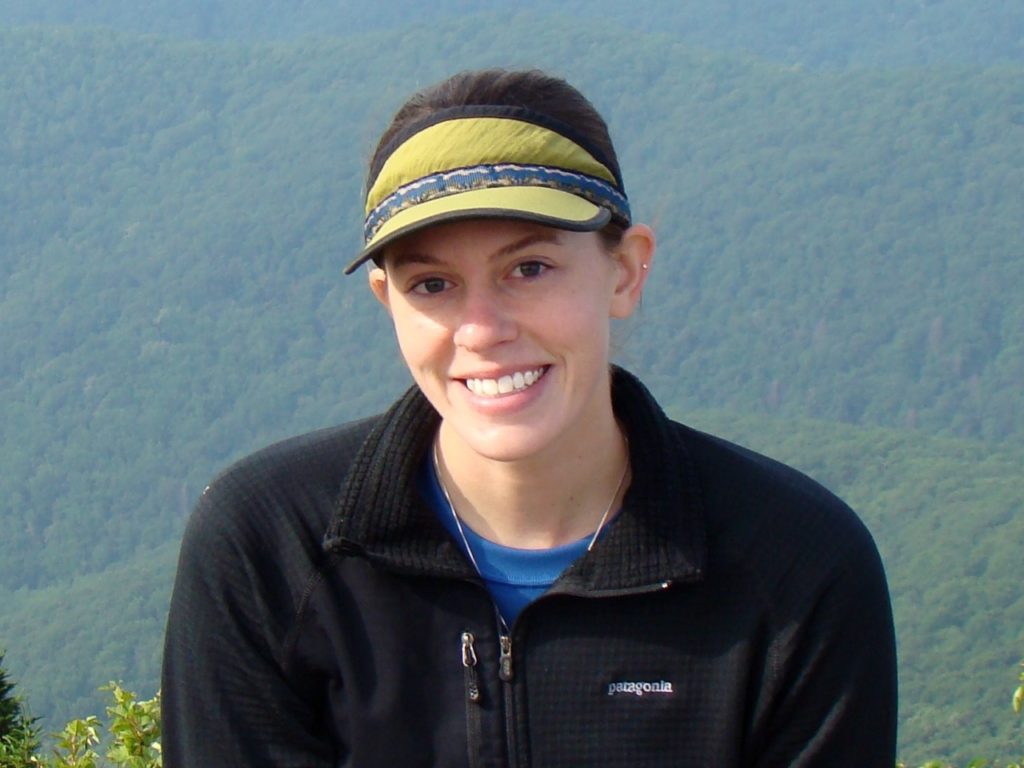
M.S. Candidate, State University of New York
Field Travel Grant Type 1
The influence of environmental sieves on vascular plant assemblages of created and natural vernal pools in the Northeast
“Vernal pools are small, isolated, seasonal wetlands that contribute to local and regional biodiversity, provide critical habitat for amphibian and invertebrate species, and serve hydrologic functions such as storing surface water and recharging groundwater. These pools provide habitat for animals of special concern, support unique wetland plant assemblages within otherwise terrestrial landscapes, and are sometimes associated with at-risk plant species. For example, Scirpus ancistrochaetus Schuyler is a federally endangered bulrush associated with oligotrophic vernal pools in the northeastern United States. In addition, Carex lupuliformis, a sedge that is rare in New York, grows at moist vernal pool margins. It has been suggested that this species may be a vernal pool specialist.
Despite their many important functions, vernal pools are often targeted for removal from farmland and developed areas. Their small size and isolation allow them to be easily destroyed, and often exclude them from both state and federal wetland protection legislation. If created vernal pool ecosystems are to mirror natural pool ecosystems in terms of their vascular plant assemblages, then the drivers of plant species diversity and composition must be understood and incorporated into pool designs. However, few efforts have been made to quantify the relative importance of various environmental factors on northeastern vernal pool plant communities, particularly in created pools. The work I propose for this summer is the second part of a two-year study intended to address the knowledge gaps that currently exist regarding vernal pool plant ecology. The Upper Susquehanna Coalition, a network of nineteen soil and water conservation districts in the Susquehanna River watershed, has constructed over 300 vernal pools on the southern tier of New York between 2003 and 2009. With the exception of my current work, however, the vegetation of these pools has not been quantitatively assessed.”
